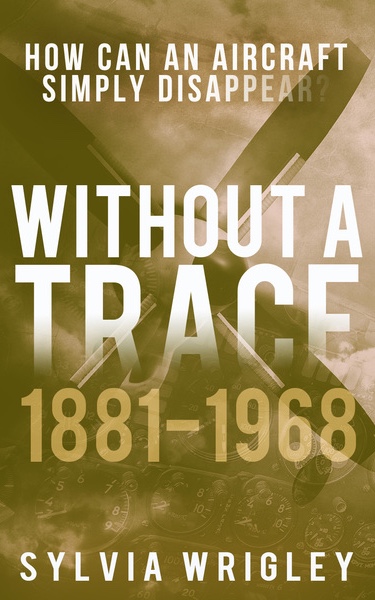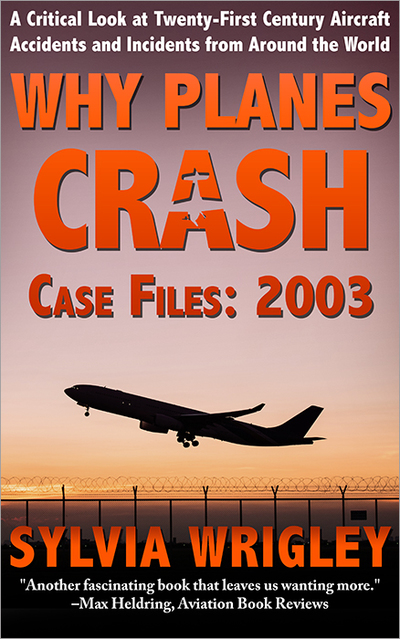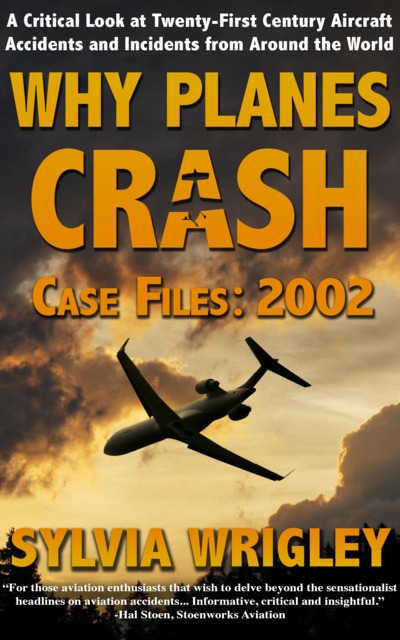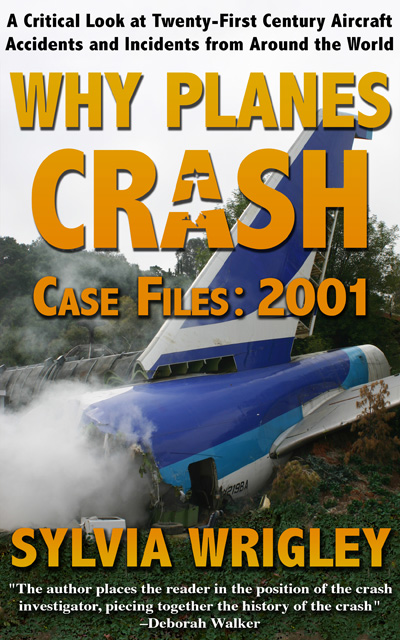Recognising NASA Technology on Modern Airliners
Today’s guest post is from NASA!
OK, it wasn’t written specifically for me but NASA have made it available to educators so I thought I’d give them the opportunity to be highlighted here.
This is an exploration of how NASA research has influenced modern airliners through research and technology. What I find fascinating is how this image immediately makes those breakthroughs visible on a practical level. You can click through for a larger version of the image.
- Computational Fluid Dynamics (CFD)
- Starting in the 1970s, NASA began developing sophisticated computer codes that could accurately predict the flow of fluids, such as the flow of air over an aircraft’s wing or fuel through a space shuttle’s main engine. Those ideas and codes became CFD, which today is considered a vital tool for the study of fluid dynamics and the development of new aircraft. CFD greatly reduces the time and cost required for designing and testing nearly any type of aircraft.
- Airborne Wind Shear Detection
- During the 1980s and 1990s, NASA led a comprehensive research program to identify the characteristics of dangerous wind shear and validated technologies that can predict its severity while in flight. Today, aircraft are equipped with forward-looking sensors that alert pilots to wind shear hazards.
- Digital Fly-by-Wire
- During the 1960s and 1970s, NASA helped develop and flight test the digital “fly-by-wire” system, which replaced heavier and less reliable hydraulics systems with a digital computer and electric wires to send signals from the pilot to the control surfaces of an aircraft. “Fly-by-wire” is used today on new commercial and military aircraft, and on the space shuttle.
- TURBO-AE Code
- During the 1990s, NASA developed a computer code that generates two-dimensional simulations of potential aeroelastic (AE) problems that can occur in jet engine blades. Such problems include flutter or fatigue that can eventually cause engine fan blades to stall or fail. With TURBO-AE, engineers can more efficiently design thinner, lighter, faster rotating blades for today’s jet engines built for higher performance, lower emissions, and lower noise.
- Air Traffic Management
- Over the decades, NASA has developed a number of air traffic management simulation tools, including:
- Center TRACON Automation System (CTAS) – 1990s: CTAS is a suite of software tools developed by NASA that generates new information for air traffic controllers.
- Traffic Management Advisor (TMA) – 1990s: TMA software forecasts arriving air traffic to help controllers plan for safe arrivals during peak periods.
- Surface Management System (SMS) – 2000s: SMS software provides controllers with data to know when aircraft arrive on the ground or at the gate.
- Future Air Traffic Management Concepts Evaluation Tool (FACET) – 2000s: FACET maps thousands of aircraft trajectories to improve traffic flow across the United States.
- Lightning Protection Standards
- During the 1970s and 1980s, NASA conducted extensive research and flight tests to identify the conditions that cause lightning strikes and the effects of in-flight strikes on aircraft. NASA’s knowledge base was used to improve lightning protection standards for aircraft electrical and avionics systems.
- NASA Structural Analysis (NASTRAN)
- In the 1960s, NASA partnered with industry to develop a common generic software program that engineers could use to model and analyze different aerospace structures, including any kind of spacecraft or aircraft. Today, NASTRAN is an “industry-standard” tool for computer-aided engineering of all types of structures.
- Composite Structures
- NASA first partnered with industry during the 1970s to conduct research on how to develop high-strength, nonmetallic materials that could replace heavier metals on aircraft. Gradually used to replace metals on parts of aircraft tails, wings, engines, cowlings, and parts of the fuselage, composites reduce overall aircraft weight and improve operational efficiency.
- Glass Cockpit
- During the 1970s and 1980s, NASA created and tested the concept of an advanced cockpit configuration that replaced dial and gauge instruments with flat panel digital displays. The digital displays presented information more efficiently and provided the flight crew with a more integrated, easily understood picture of the vehicle situation. Glass cockpits are in use on commercial, military, and general aviation aircraft, and on NASA’s space shuttle fleet.
- Area Rule
- In the 1950s, NASA scientist Richard Whitcomb discovered several fundamental solutions to key aerodynamics challenges. One of the most revolutionary was the “area rule,” a concept that helped aircraft designers avoid the disruption in airflow and resulting drag caused by the attachment of the wings to the fuselage. By using the area rule, aircraft designers for decades have been able to make aircraft fly more efficiently at high speeds.
- Damage-Tolerant Fan Casing
- In the 2000s, NASA began spearheading research into developing a cost-effective turbofan jet engine casing that could be lighter, but still protect against possible fan blade failure inside the engine. The solution was a fan case made of braided composite material that can reduce overall engine weight, increase safety, and improve aircraft structural integrity.
- Jet Engine Combustors
- During the 1990s and early 2000s, NASA improved the technology associated with jet fuel combustion to help engines burn fuel more cleanly. The improved combustion helps reduce polluting emissions from aircraft engines, making them more environmentally friendly.
- Engine Nozzle Chevrons
- During the 1990s and early 2000s, NASA computer simulations provided the latest improvements in design for chevrons—asymmetrical scallops that can be used on jet engine nozzles and nacelles to help reduce engine noise. Ground and flight tests by NASA and its partners proved that the new chevron design reduced noise levels in the passenger cabin and on the ground. Chevrons are being implemented on many of today’s aircraft, including the new Boeing 787.
- Supercritical Airfoil
- During the 1960s and 1970s, NASA scientist Richard Whitcomb led a team of researchers to develop and test a series of unique geometric shapes of airfoils or wing sections that could be applied to subsonic transports to improve lift and reduce drag. The resulting “supercritical airfoil” shape, when integrated with the aircraft wing, significantly improves the aircraft’s cruise efficiency.
- Icing Detection
- During the 1990s and early 2000s, NASA was called upon by the FAA to identify the characteristics of a dangerous and little-understood icing phenomenon called Supercooled Large Droplets (SLD). Results from NASA flight tests and research were compiled in a large database to improve weather models and instrumentation for detecting SLD.
- Winglets
- During the 1970s and 1980s, NASA studies led to the development of vertical extensions that can be attached to wing tips to reduce aerodynamic drag without having to increase wing span. Winglets help increase an aircraft’s range and decrease fuel consumption. The first aircraft to adopt winglets were within the general aviation and business jet communities. In the mid-’80s, Boeing produced the 747-400 commercial jetliner, which used winglets to increase its range.
- Runway Grooves
- During the 1960s, NASA conceived and developed a process for cutting transverse grooves into runways to channel away standing water. During the 1980s, NASA conducted more than one thousand test runs of aircraft and ground vehicles, proving that grooved runway surfaces have significantly greater friction properties. Grooved runways have since helped aircraft make safe landings on pavement made slick from rain, snow, or ice. NASA’s groove process was adapted for use on military base runways, U.S. public highways, and even swimming pool decks, playgrounds, and refinery floors.
- Wind Tunnels
- As early as the 1930s, wind tunnels built and operated by NASA’s predecessor, the National Advisory Committee on Aeronautics, or NACA, played a critical role in the design and improvement of aircraft. Through the decades, NASA’s expanded suite of tunnels continued to host valuable foundational testing in such areas as stability and control, in-flight icing, stall avoidance, propulsion systems, airframe development, flutter avoidance, and noise reduction.
The original PDF is available for download on NASA’s website.
Next time I look out of the window of my flight, I’m looking forward to seeing how much evidence I can find of this aerospace technology. If you are able to expand on any of these points, feel free to do so in the comments. It’s always more interesting with a personal touch!









I remember when wind shear research really kicked off. It was a “known issue” but then a couple airliners got blown into the ground on final and it finally got attention. There’s also signal processing in the terminal ground radar that can detect wind shear.
Digital fly-by-wire is about as direct a spinoff of Apollo as you can get. They put Apollo guidance computers and inertial platform in an F-8C and had over 200 flights until the computers were fully in control.
Area Rule/Supercritical Airfoil/Winglets – Richard Whitcomb was an aerodynamics god. He did the groundbreaking research on all three of these subjects.
Wind tunnels actually go all the way back to the Wrights in 1901. Konstantin Tsiolkovsky (of rocket equation fame) built probably the first standard configuration wind tunnel in 1897. The US Navy built the first big one (500hp/11ft) in 1916.
NASA did not invent runway grooves. The British did, and they grooved Washington National, but NASA noticed it worked really well and standardized it.
Gustave Eiffel also did pioneering wind tunnel development from 1909.